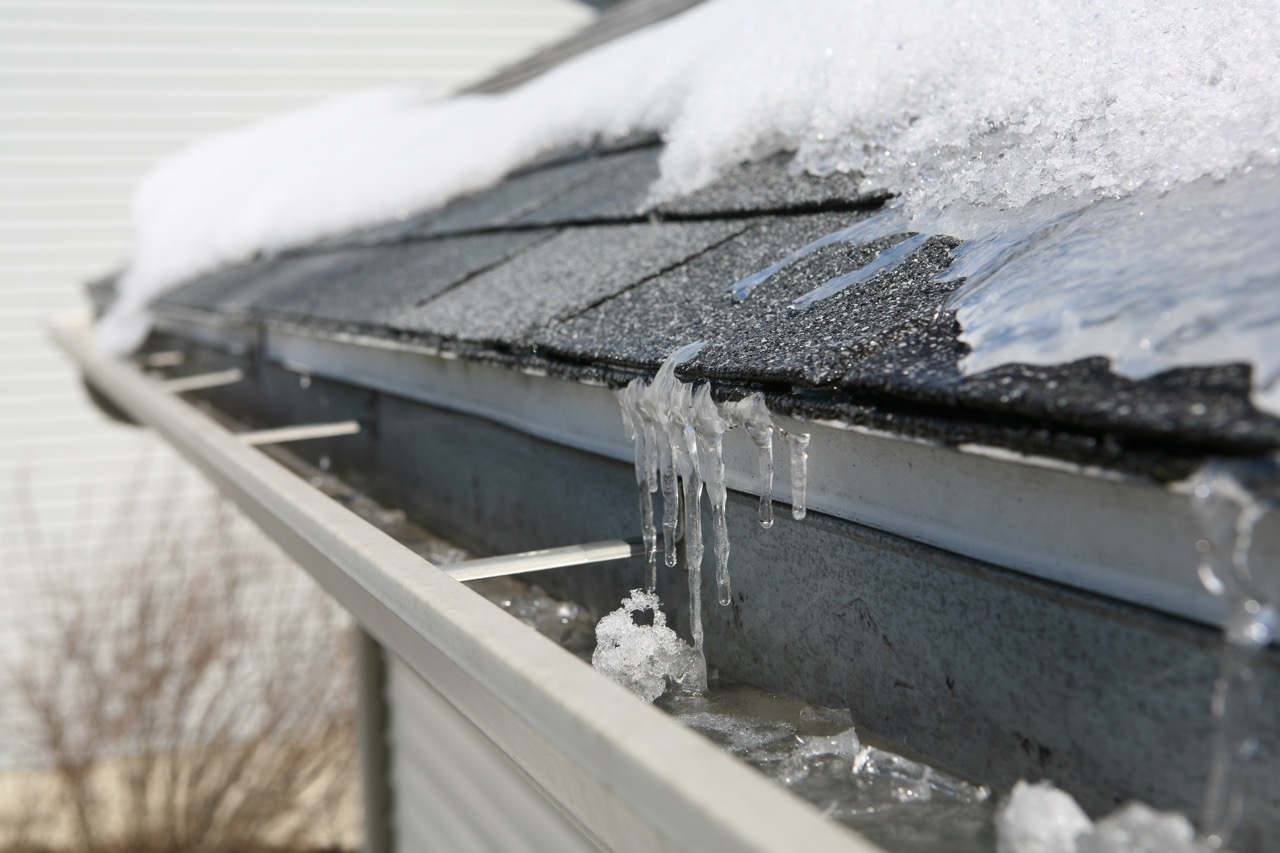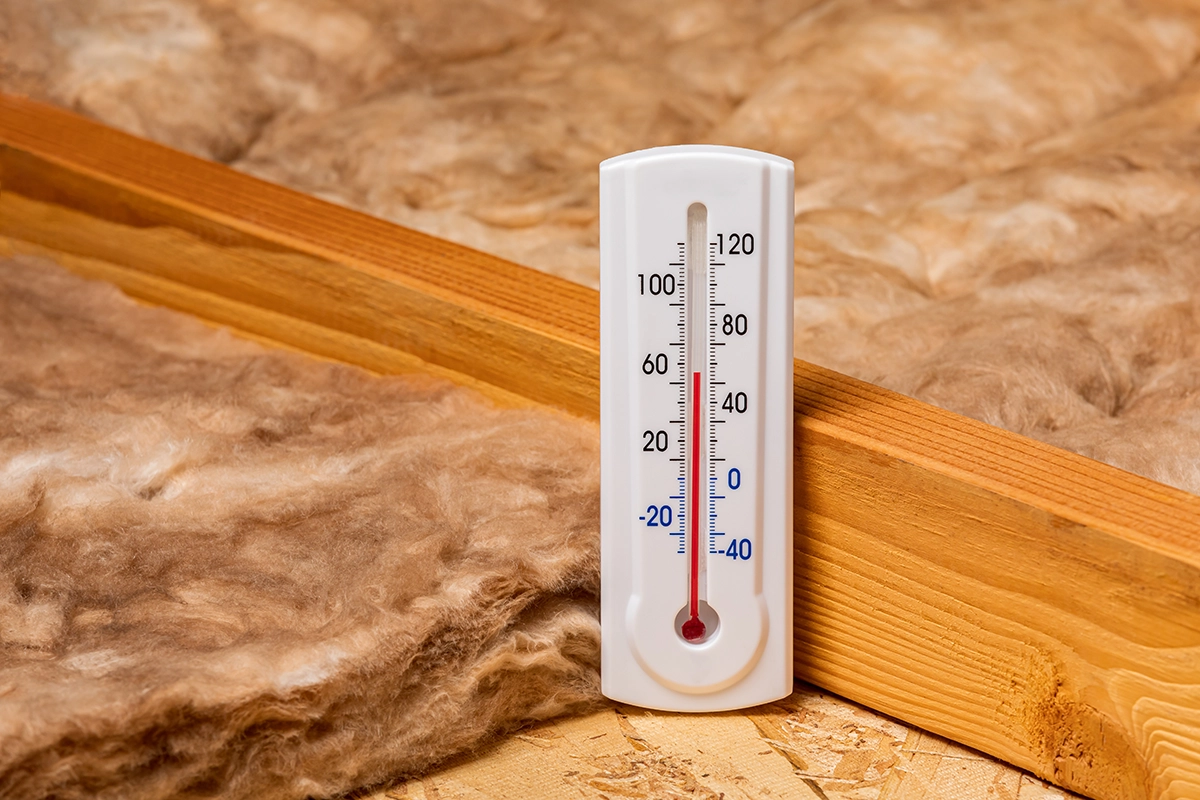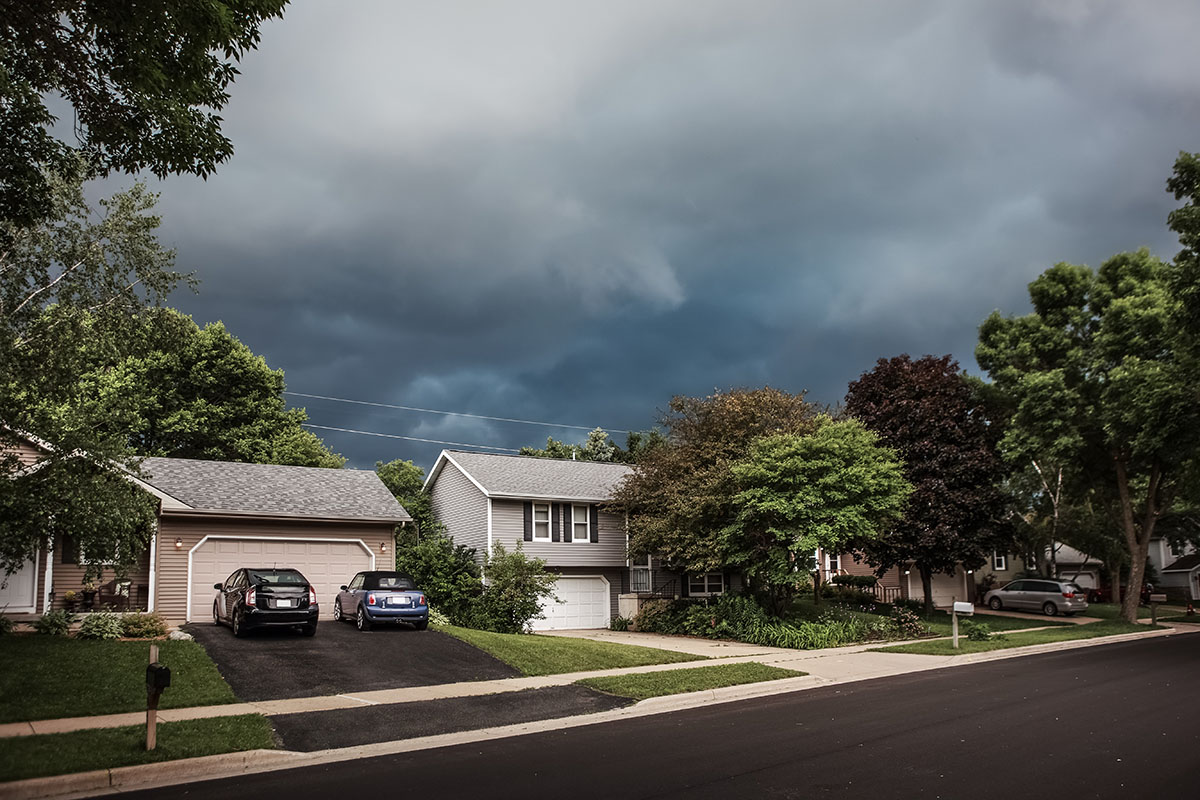Summary
You know your home is in big trouble when you find yourself running for a drip bucket every time it rains. As trifling as it may seem, a small leak is usually a precursor of a much bigger problem. Water, after all, is the universal solvent. It can wreak havoc in its path and leave a trail of damage that can compromise the structural integrity of your attic and walls, especially if those components are made mainly of organic materials. If you know how to repair a roof leak yourself, you can prevent possible water damage from occurring.

Causes of Roof Leak
Leak may come from anywhere and the damage it creates continue to grow until you locate and fix its source. There are a number of possible causes of roof leak, each as detrimental as the next. Here are the most common ones.
- Cracked or Heavily Rusted Flashing
- – The areas on your roof where shingles or panels meet with each other or with other structural components of your home, such as the valleys, edges, and joints are usually prone to leak. They are sealed with a metal sheet called flashing. This seal, however, is just as susceptible to deterioration as the roof itself so you have to check their condition from time to time, too.
- Clogged Gutter
- – If the leak is coming from the edge of your roofing system, chances are water is backing up from the gutter. This usually happens when something is blocking the path of water, and it can be along the gutter itself or in the downspout. Sometimes, leaves and twigs from the trees surrounding your home that have accumulated in the gutter are the culprit. This is why it is recommended to cover your gutter with a screen and maintain it regularly to prevent clogging.
- Broken or Missing Shingles
- – Poorly installed roofs or those that are made of low-quality materials are easily damaged by strong wind or hail. Even well-installed roofs, however, may suffer from a few missing or damaged shingles when extreme weather, such as hurricane or thunder storm, forays. You should inspect the roof as soon as the weather calms down to see if there are missing or broken shingles that might let rainwater in.
- Ice Dam
- – Winters in Chicago can be extremely chilly. Snow can instantly carpet the cityscape overnight. While snow may double as your home’s shield against strong winds, it may also lead to the formation of ice on your roof’s surface and along the edges where runoff is supposed to flow into the gutter. As this ice sheet melts, the water tends to back up underneath the shingles and leak into your home.
Dangers of Roof Leak
Many homeowners are used to neglecting signs of a leak and taking action only when it’s too late. What they don’t realize is that roof leak poses many other risks apart from making their home messy and slippery due to drips when it’s raining.
- Permanent Damage on Main Structural Components
- – Leaks don’t follow a straight path. The drip you see in your kitchen may have travelled a long way from a far corner of your roof. If neglected, that leak may soak portions of your roof trusses as well as the wooden beams and girders that support your attic, weakening them until they become incapable of carrying load.
- Insects and microorganisms
- – Wherever there’s water, there’s life. Just as civilization first emerged along riverbanks, insects and microorganisms also thrive along the paths of leak. They enjoy the hydration and welcome relief water offers, particularly the pockets of water that formed within the roof’s decking. It doesn’t seem harmful at first but when microorganisms, such as mold and mildew, start spreading spores, that’s when it gets worse. These spores may cause respiratory illnesses when inhaled by your family. Also, a leak may trigger the proliferation of insects such as roaches and bed bugs, which you definitely don’t want crawling inside your home.
- Stains on Your Ceiling
- – One of the most apparent signs of leak is the dark, flower-shape patch developing on your ceiling. Not only is this stain unsightly but it is difficult to remove as well. Unlike typical stains, this one can’t be scrubbed off because it is deep-seated within the grains of the ceiling material. The only way to remove it is to replace the affected section of the ceiling altogether, which can be tricky because you need to make sure the new material looks exactly like its surroundings to preserve the aesthetics.
How Do You Fix a Leaking Roof?
There’s no single technique for fixing a leaking roof. That usually depends on the cause of the leak. If the leak is due to a broken or missing shingle, replacing the shingle is often the only remedy. If the origin is a clogged gutter, you just have to unclog it and install a gutter guard to trap debris. Broken flashing, on the other hand, is similar to a broken shingle; replacing it would be the best solution. A full inspection is needed to identify all possible sources of leak that are overdue for repair.
You have to remember, though, that fixing a roof leak is not for the faint of heart. It is work that requires extreme caution because the height of most roofs. Of all the household fixes, this one is the riskiest. If possible, just hire one of the best local roofing companies in Chicago, such as Muller Exteriors, to do the job so that you can be sure the repair will be done safely and successfully. In case you can’t be talked out of it, here’s what you need to remember.
- Prepare all the tools you need before going up on the roof
- – Just as you don’t want to forget anything important when you’re going on a long trip, you have to make sure that everything you need for fixing your roof is stashed in your pocket or toolbox before going up on the roof. While your roof is just a few feet above you, climbing up and down the ladder may pose certain risks and increase fatigue. Before you know it, you’re already exhausted and can no longer work safely and effectively.
- The ladder must be well supported
- – First, check if the ladder is in good shape and no steps are wobbly or broken. Then make sure the base is standing on a flat and stable surface. Also lean it on a stable portion of the house, a wall or fascia that could tolerate lateral loading. As much as possible, don’t lean it against an open gutter because the gutter might get damaged. Keep in mind that you are trying to fix the damage not to add to it.
- Safety first
- – Wear the right clothes, those that you can comfortably twist and stretch, since you’ll be doing a lot of that as you meander across the roof. Use the fall arrest system installed on your roof. Most roofs have anchors on their ridges to allow roofers to secure themselves with a harness while doing repair or installation. Never attempt to move around without proper protection.
- Do your research
- – If this is the first time you will be repairing a leaky roof, don’t go up there clueless of the work that needs to be done. It is not one of those household chores that you can learn through experience. Read up on the proper way of handling the particular damage you found during inspection. Find out what sort of tools and products you need to buy and how to use them. The more knowledgeable you are, the shorter the repair will take and the less likely the leak will recur.
To ensure the success of the repair, leave it to a certified roofing company in Chicago. DIY roof leak repair is only for those homeowners who have no prior experience in roof installation or repair. Not only do they know what to do, but their workmanship is expected to be so much better than what you can possibly pull off. Plus, they have a complete set of tools, most of which you won’t find even in your own home.







